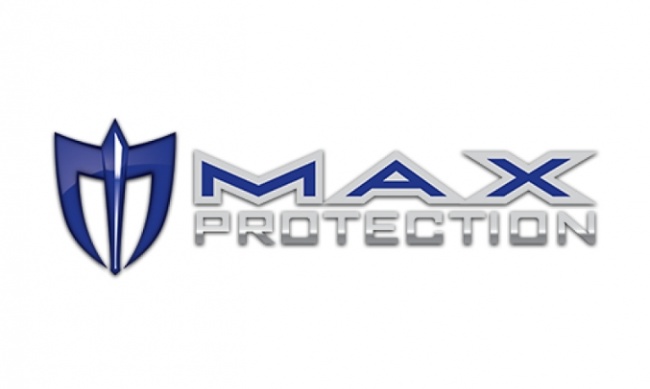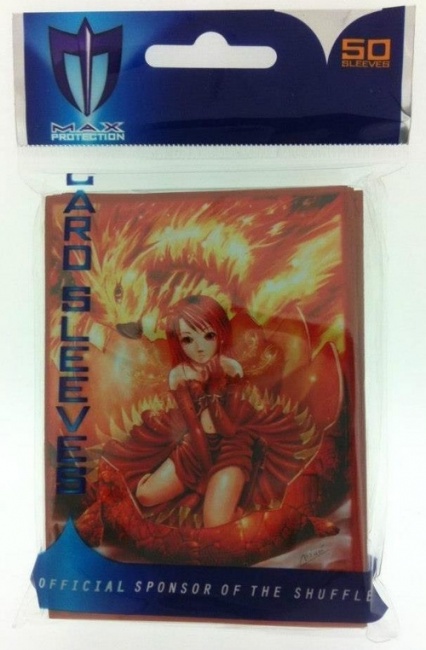Rolling for Initiative is a weekly column by Scott Thorne, PhD, owner of Castle Perilous Games & Books in Carbondale, Illinois and instructor in marketing at Southeast Missouri State University. This week, Thorne looks at the history of Max Protection and their "Domino’s Moment."
Most game stores have carried the Max Protection line and most gamers are familiar with the line, although often not in a positive way, as Max Protection had some serious production issues years ago and the memory of those problems still lingers in long time players’ minds. However, I had noticed the quality of Max Protection sleeves improving markedly in the past few years, so when I ran into Glenn Goddard, who I had not seen since his years with Wargames West and now works for Max Protection, at September’s Alliance Open House, I asked him about the previous perception of the product line and to compare it with the company’s products now. Goddard not only kindly provided with a comparison between the two but also a brief history of the company as well.
Max Protection’s roots are in a company named PKK, founded in 1989 by Patrick Kwan Sr. and Jr. Both Kwans were avid sports fans and collectors and launched PKK to satisfy what they saw as an underserved niche in the collectables market. When Magic: The Gathering, and later Pokemon, hit the market, PKK branched out to provide protection supplies to those collectors, introducing, according to Goddard, the first "penny sleeves," the first deck box and the first colored sleeves. In 1999, a competing company bought out PKK but, when the buying company later went bankrupt a few years later, PKK returned to the Kwans’ control. Deciding to continue the company’s direction but under a new name, it relaunched as Max Protection in 2003 and quickly found renewed success with its image sleeves, the first company to release sleeves with pictures on the back of the sleeve, rather than a clear or solid color back.
Unfortunately, the release of "holo-foil" image sleeves in 2004 provided what Goddard calls a "Domino’s moment" for the company as the new sleeves, while impressive to look at, proved less durable for regular play and the images has serious peeling problems, coming off the sleeves after only a few games. Though players loved the idea of the images, Max Protection developed a reputation for poor quality, especially among tournament players, that persists to this day. Players abandoned the company’s products in droves, opting instead for image back sleeves from other companies that had entered the market. As Max Protection found out, once you lose a reputation, it can take years to recover it. That is just what the company has worked on for much of the past decade.
Max Protection invested significantly in both product development and licensing, developing their higher quality Shuffle-Tech sleeves and their Premium Packs combining a hard plastic deck box, 100 Single Colored Large Sleeves with 100 Perfect Fit sleeves all for the same price as 100 sleeves by other companies, in a paper box. In addition the company has secured licenses for both Bruce Lee and The Princess Bride and had produced sleeves and boxes featuring both licenses. In addition, the company entered into an agreement with Alter Reality Games to sponsor their ARG Circuit Series, generating more positive responses from customers as tournament players used the new sleeves and spoke favorably of them, resulting in increased market share for MP.
My store cut back severely on MP products after the 2004 problems but have slowly added them back to our product mix over the past decade. We have found some slight resistance but most players either don’t remember the problems with the holo-foil image sleeves or have entered the hobby since then and know nothing about it. Either way, I am happy to see the company doing well.
The opinions expressed in this column are solely those of the writer, and do not necessarily reflect the views of the editorial staff of ICv2.com.

Column by Scott Thorne
Posted by Scott Thorne on October 26, 2015 @ 1:07 am CT



